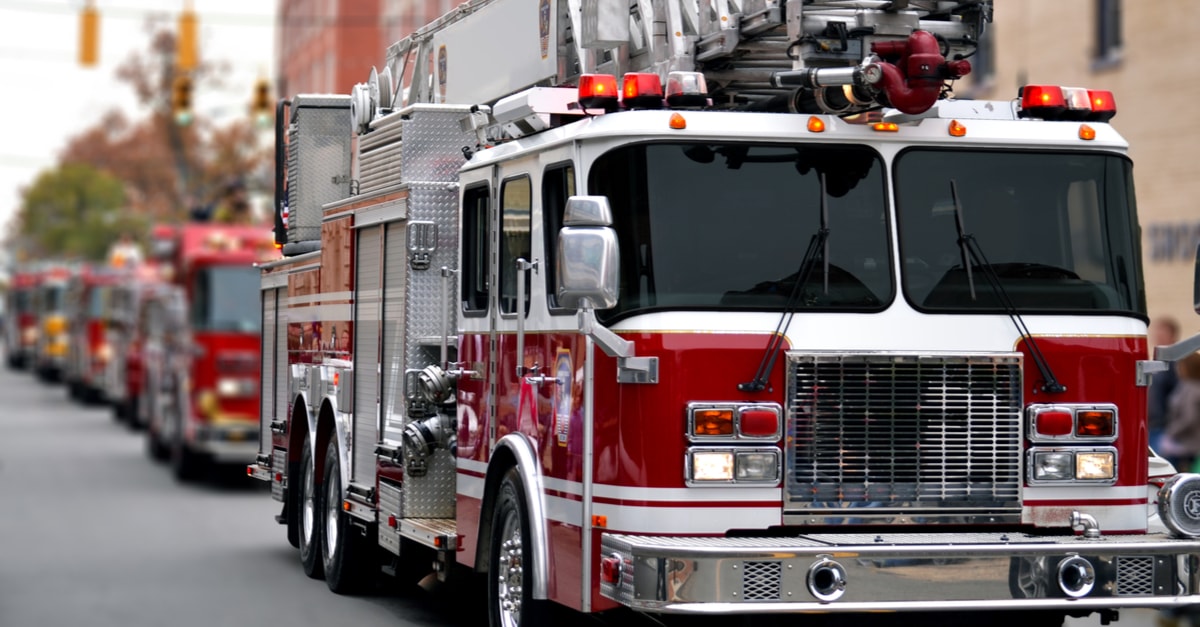
Improving Emergency Response > Reducing Turnout Times
In this series of posts, we’ve explored the three key factors that equal a response time: dispatch, turnout time, and travel time. We’ve already gone over how to streamline dispatch so that the process is more efficient and timely, now we’ll give some insights from experts in the field on how to improve turnout times. Share this information with your emergency responder clients and protect their operation with a Firefighter Liability Insurance package.
The basics.
Most turnout times require that the responding station is out the door in approximately one minute at least 90% of the time. Computer-aided dispatch (CAD) equipment can speed up the process. Next, experts recommend the driver and the co-pilot be extremely familiar with the territory to follow the quickest route all while protecting those on board and on the streets.
Tailored suggestions.
- Tailor the speed of the response according to the emergency. Depending on the potential to injure people or damage property, the lights, sirens, urgency and speed can be adjusted to fit the need.
- For emergency responders in rural areas, speed limits should be followed rigorously. While there may not be as many distraction and obstacles as there would be in a heavily populated area, traveling more than 65 mph in a heavy fire engine almost guarantees injury or death should something happen.
- According to Fire Engineering, apparatus drivers need to be specialized trained personnel who are professional drivers. The more time a person spends behind the wheel, the more respect he has for the job and responsibilities. Most chauffeurs in FDNY possess a real “ownership” of their company and the members on their apparatus because many of them are “regular” (full-time) apparatus drivers. This specialization, along with adequate training, provides for a person with real driving skills and familiarity with the unique behavior of fire apparatus.
- Supplemental emergency responder vehicle training should be conducted, as well.
- Last but not least, wear seatbelts.
About Provident Fire Plus
At Provident Fire Plus, we offer custom tailored packages to best protect firefighters and volunteer firefighters. We understand the risks that emergency response teams are subjected to on a daily basis, and have worked to serve these dedicated professionals for over 87 years. For more information about our products and policies, we invite you to contact our experts today at (855) 201-8880.

